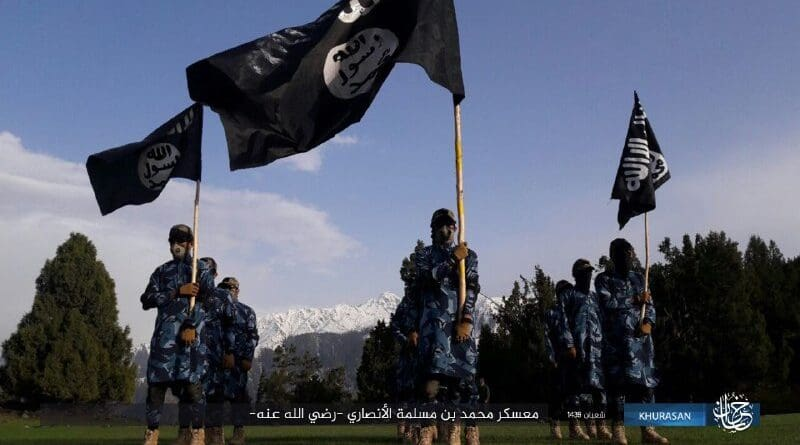Terrorism Assessment For Afghanistan – Analysis

According to the US government’s annual threat assessment, released by its intelligence community this week, Daesh remains the most significant terrorism challenge facing America and its partners.
The assessment is part of a broader report that addresses all threats to the US including, but not limited to, terrorism. Notably, this year’s report includes an alarming section about the role of Daesh in Afghanistan.
It states that Daesh’s Afghan branch, the so-called ISIS-K, “remains the most capable of carrying out external terrorist attacks and maintains the intent to conduct attacks in South and Central Asia, and globally, although its capabilities vary.” The report also warns that the group is “expanding capability beyond South Asia and ability to inspire individuals to conduct attacks abroad.”
The US is not alone in this assessment. A recent report by the UN Security Council similarly highlighted the growing threat from Daesh in Afghanistan. It stated that the group maintains a presence throughout South and Central Asia, even though its operational hub remains in Afghanistan.
The report included detailed intelligence on the group’s infrastructure, noting: “The recruits (for Daesh) received training near the Yawan district of Badakhshan province, where a camp for fighters and suicide bombers was located.”
The fact that the UN report could provide such precise details without prompting meaningful international discussion about how to address the threat is deeply concerning.
But it is not only Daesh that remains a concern. It is well known that Al-Qaeda has been allowed to reestablish its foothold in Afghanistan since the Taliban seized power in August 2021. This is evidenced by open-source intelligence gleaned from social media posts, publicly available assessments from various intelligence agencies, and the US drone strike that killed Al-Qaeda leader Ayman Al-Zawahiri in Kabul in July 2022.
According to the same UN report, Afghanistan is now a “permissive environment allowing Al-Qaeda to consolidate, with the presence of safe houses and training camps scattered across” the country. The report goes on to state that lower- and mid-ranking members of Al-Qaeda’s leadership have been granted sanctuary in Kabul, while senior members deemed high-value targets are sheltered in the provinces.
Despite the warnings from the UN and the US intelligence community, no significant international response has emerged. Many observers are looking to Washington to take the lead, especially given the belief that the current crisis stems from the manner in which the US withdrew from Afghanistan in 2021.
The Biden administration showed little appetite for re-engagement with Afghanistan after its chaotic exit from the country. President Donald Trump, meanwhile, has commented several times on the country, but usually as a way to criticize Biden’s withdrawal of forces.
However, one point Trump regularly raises is the strategic importance of Bagram airfield and what he sees as the catastrophic mistake of abandoning it. He has even gone so far as to suggest that the US should look into ways of returning to the base, although he says this not in the context of the terrorism threat but as a result of the proximity of the base to key military facilities in China.
There are small signs that there could be a change in the US approach to Afghanistan under Trump. His administration is expected to release a new Central Asia strategy in the coming months. This will be a crucial opportunity to present a coherent policy response to the challenges posed by Taliban-controlled Afghanistan.
Despite the often strained relationship between Washington and Islamabad, there have also been signs of renewed US-Pakistan intelligence cooperation, particularly on counterterrorism issues. This was demonstrated recently when Pakistani forces captured the Daesh ringleader responsible for the Abbey Gate bombing during the US withdrawal in August 2021. Beyond these minor points, it remains to be seen what more the US will do.
According to the UN report, more than two dozen terrorist groups currently operate in Afghanistan. It describes the “security threat emanating from the country as a continuing driver of instability in the region and beyond.” It is time this threat was treated with the seriousness it warrants.
Today, the attention of the world is understandably focused on other global crises, from the war in Ukraine to the ongoing violence in Syria, Gaza and elsewhere. But the international community cannot afford to ignore the growing terrorism threat in Afghanistan. The world must act before it is too late.
